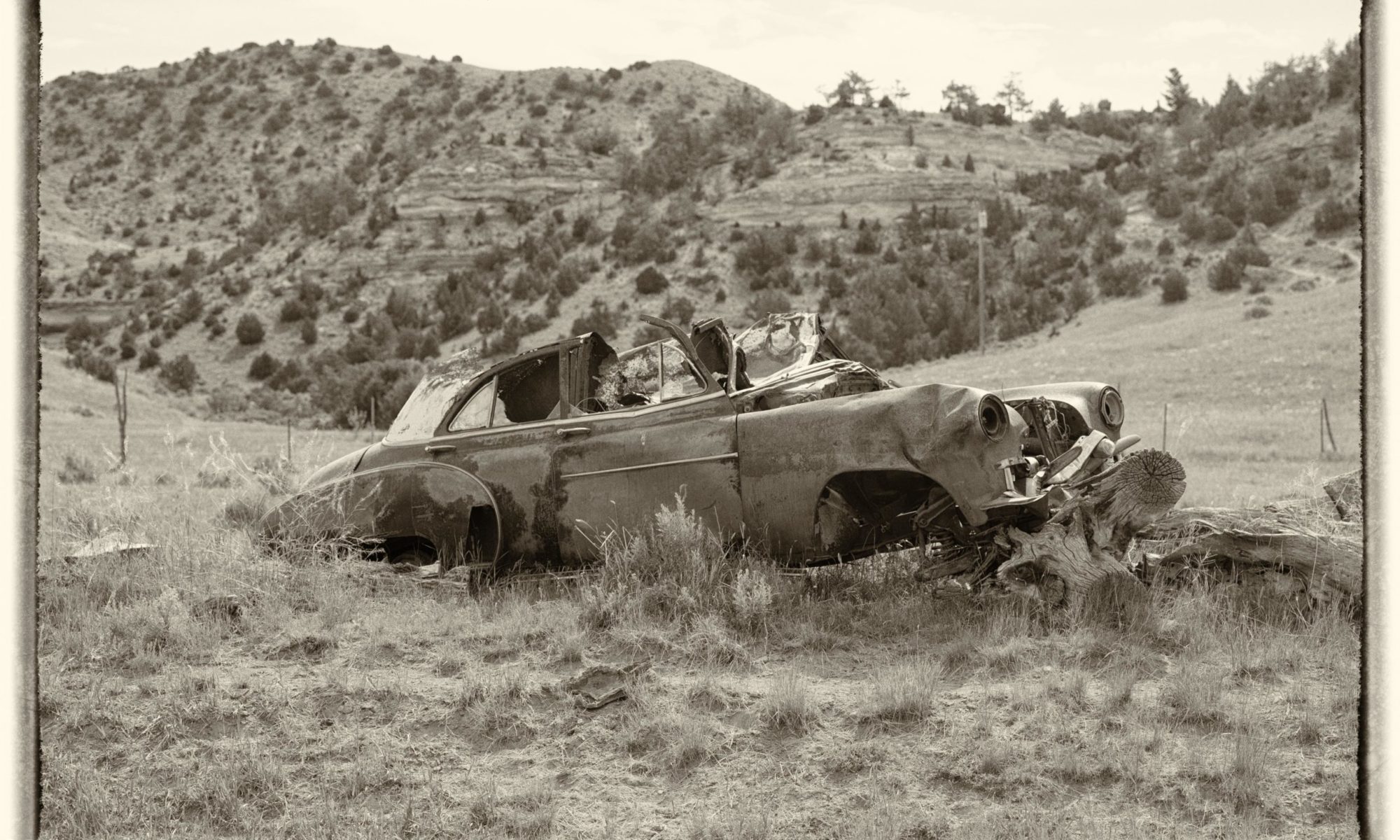The side road between the Big Horn and Pryor Mountains abruptly came to an end. I cautiously stood on the precipice and peered into the Bighorn Canyon below thinking it could swallow me at any moment.
Massive rugged walls of colorful layers of rock rose 1000 feet from the riverbed. Time and unrelenting forces of wind and water carved the canyon leaving stone sentinels to stand guard along the pea soup green algae water of the Bighorn River that winds through the curvy gorge.
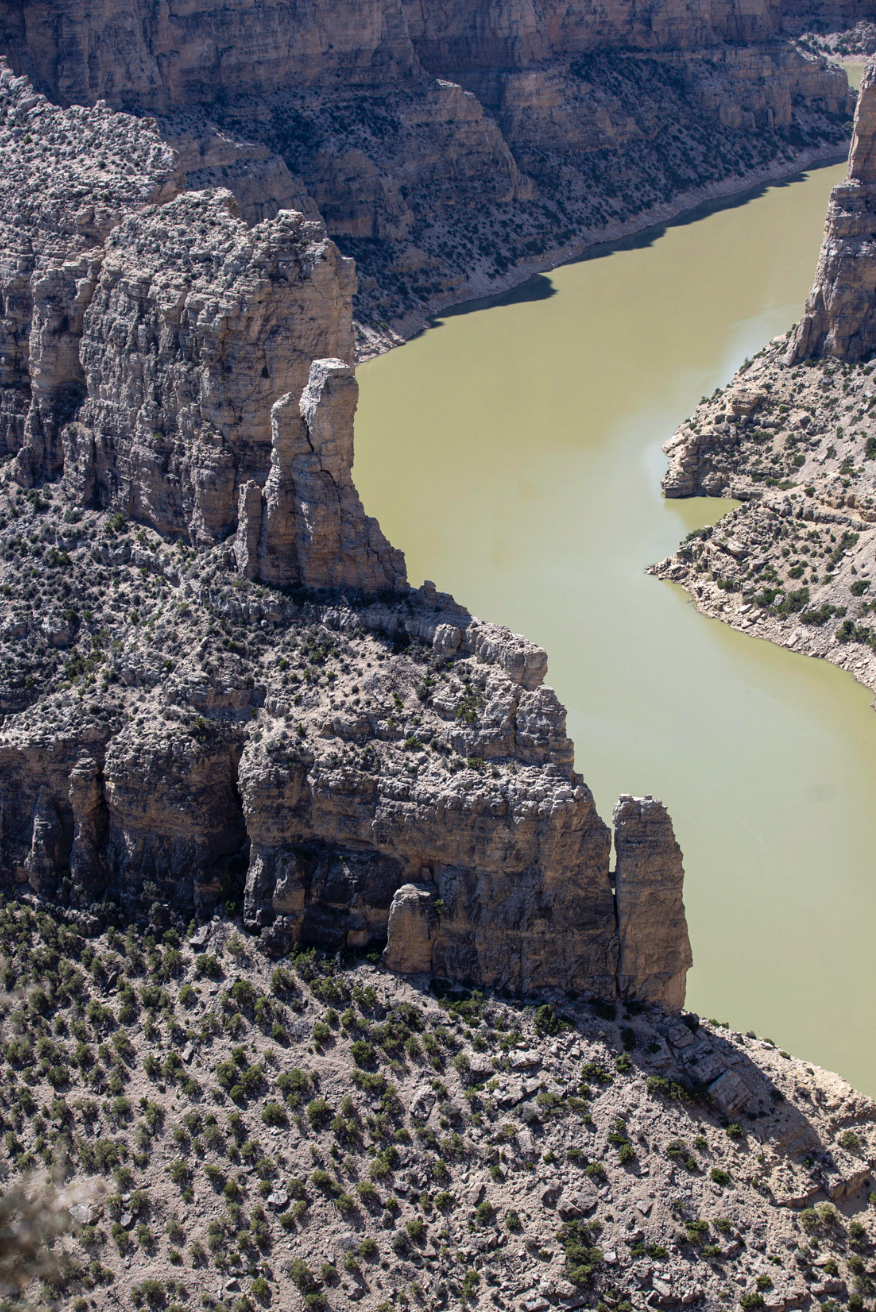
Not far away in this high dry country between the mountains, I walked along a trail where teepees once stood in the shadow of a rocky cliff. I looked across the valley and could almost envision the camp of teepees, fires burning, little ones playing and helping the women and men as the buffalo harvest was under way. Though the teepees no longer point toward the big sky, the stone rings that once secured them still remain, and so does their story. Wild mustangs, descendants of Spanish horses brought to the area by the Crow Indians, still make their home in the Pryor Range and stand watch over their homeland.
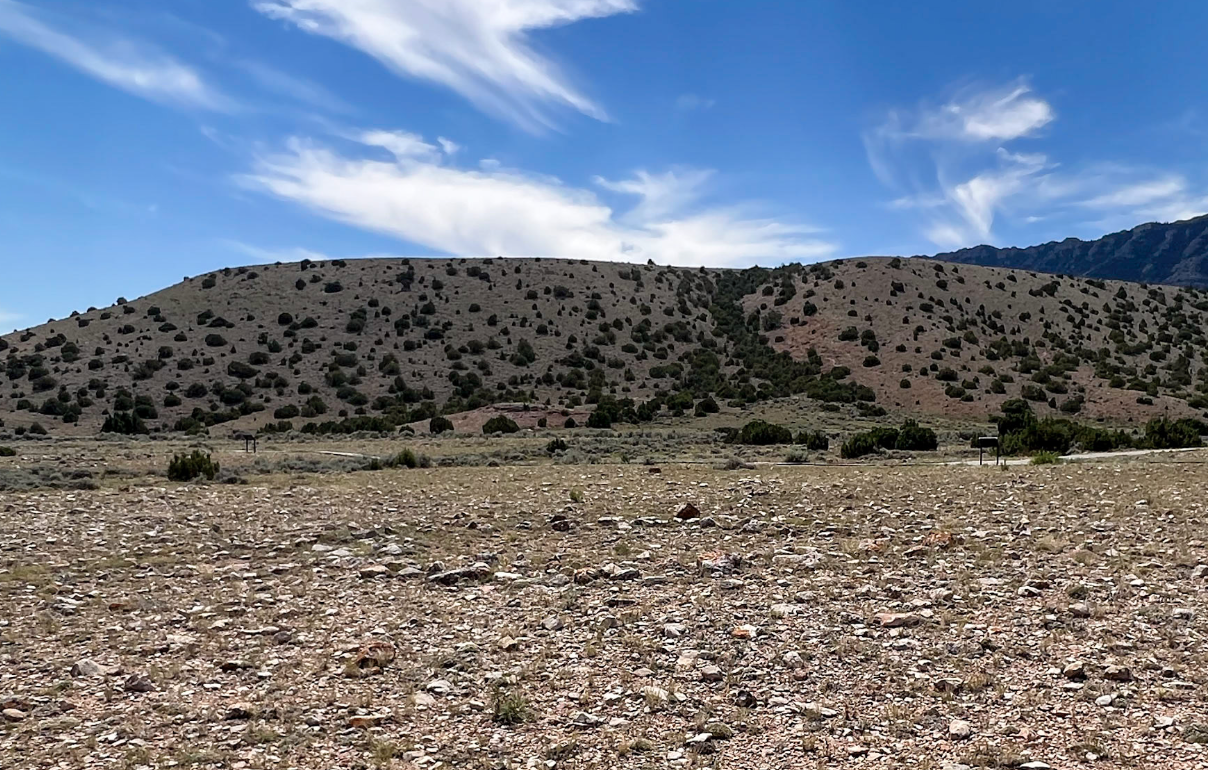
It is said that several hundred years ago, the Crow Chief was instructed in a vision to take his people and “find the mountain range where the sacred tobacco plant grows.” They eventually came to the Bighorn Mountains where the treasured plant continues to live. This area which includes parts of Montana, Wyoming, and South Dakota, became the historical homelands of the Crow Nation. Through this journey, they became known as the Apsáalooke.
Through an exhibit, “Apsáalooke Women and Warriors,” currently on display at the Museum of the Rockies, we were able to walk through part of their journey. It was a fascinating trail exploring their beginnings in this historical homeland and traveling with them past works of art, and into modern times ending with contemporary clothing intricately designed. My mother would have been in awe of their artistic creations and seamstress expertise.
The exhibit began with the story of how the Crow tribe came to the area. As I read their brief account, I was amazed to find that the place upon which I had stood among the teepee rings just days before in view of the Bighorn Mountains was in the land the Apsáalooke called home. My thought was, “It is indeed a small world.”
Several miles away from the site of the teepee rings, a baby boy was born into the Crow tribe at the-cliffs-that-have-no-name in 1848. His name was Chiilaphuchissaaleesh, or “Buffalo Bull Facing The Wind.” When he was just a boy he made his way with others to the Crazy Mountains, known to the Crow tribe as Awaxawapiia. The mountains were a sacred place to them. For four days, the young boy fasted and prayed for a vision that would strengthen and guide not only himself, but also the Crow people. He was granted his desire. Later, as the boy grew to a man, he was called Plenty Coups and he became Chief of the Crow tribe.
The Crazy Mountains are still considered a sacred place for the Crow nation as well as those who have lived in the heart and shadows of the mountains. It has been a place of refuge for some, a place to relax and reflect and enjoy beauty beyond description. Many still go there for guidance and to seek a vision. One writer put it this way:
“The Crazy Mountains overlook so much more than a landscape. They are keepers of the stories of the past, and they could provide keys for the future. Those who live in the shadow of the Crazies know of their beauty, and others, those who’ve experienced or heard stories of their power, can feel their presence from afar.”
And so it is in a sacred land…
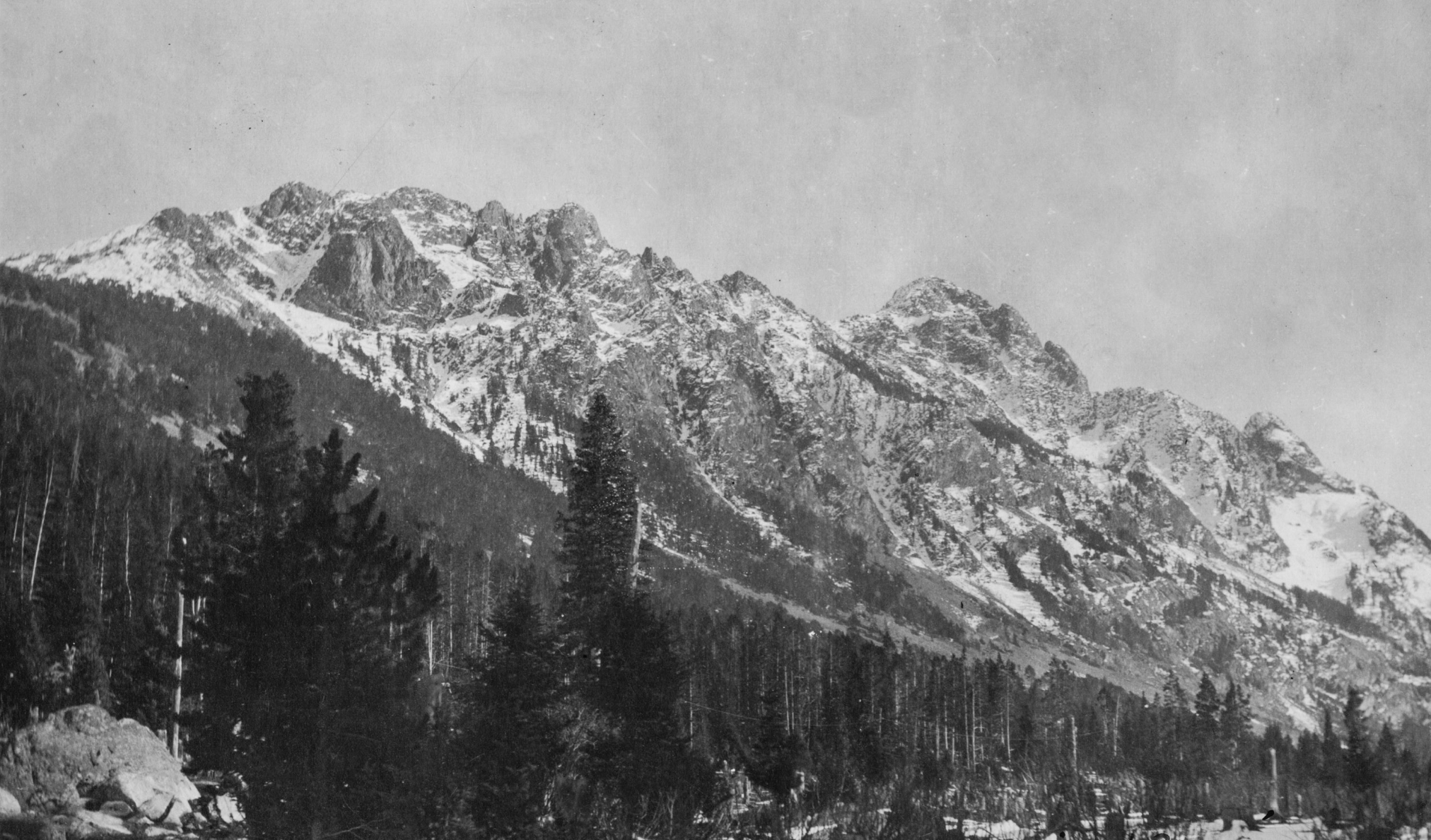

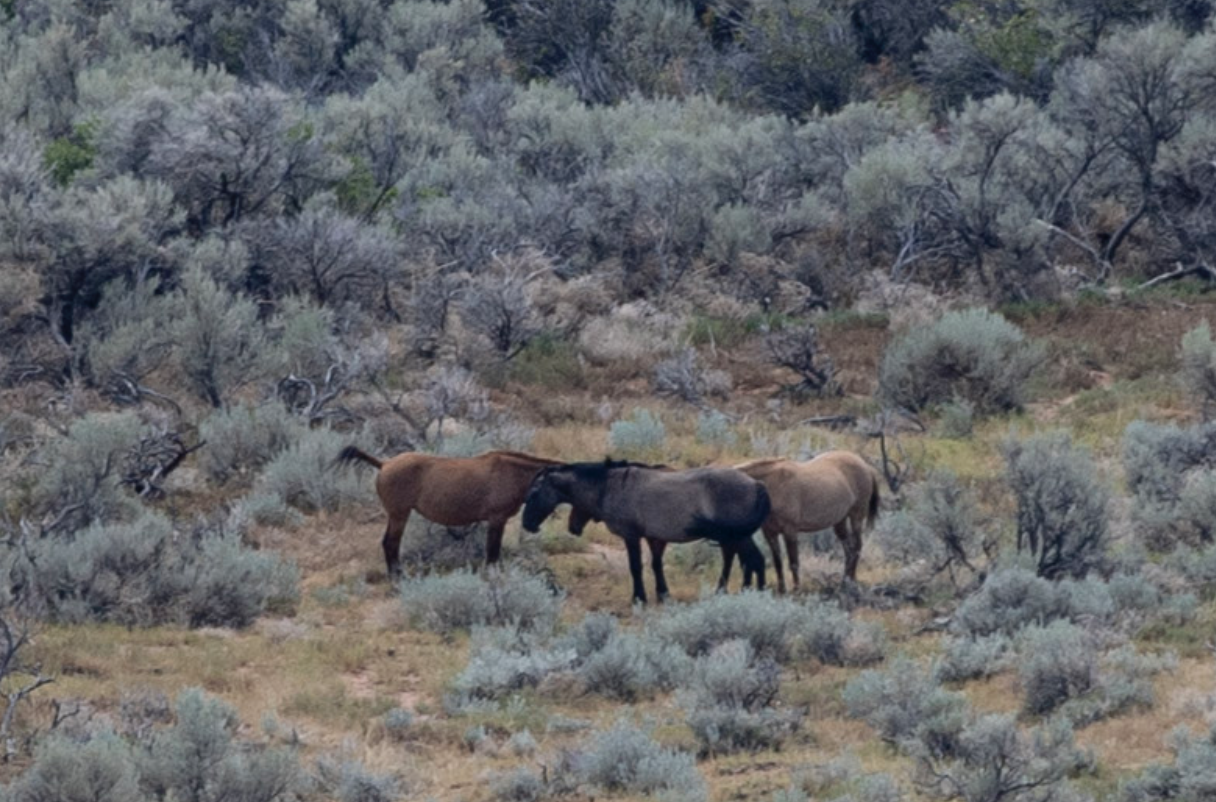
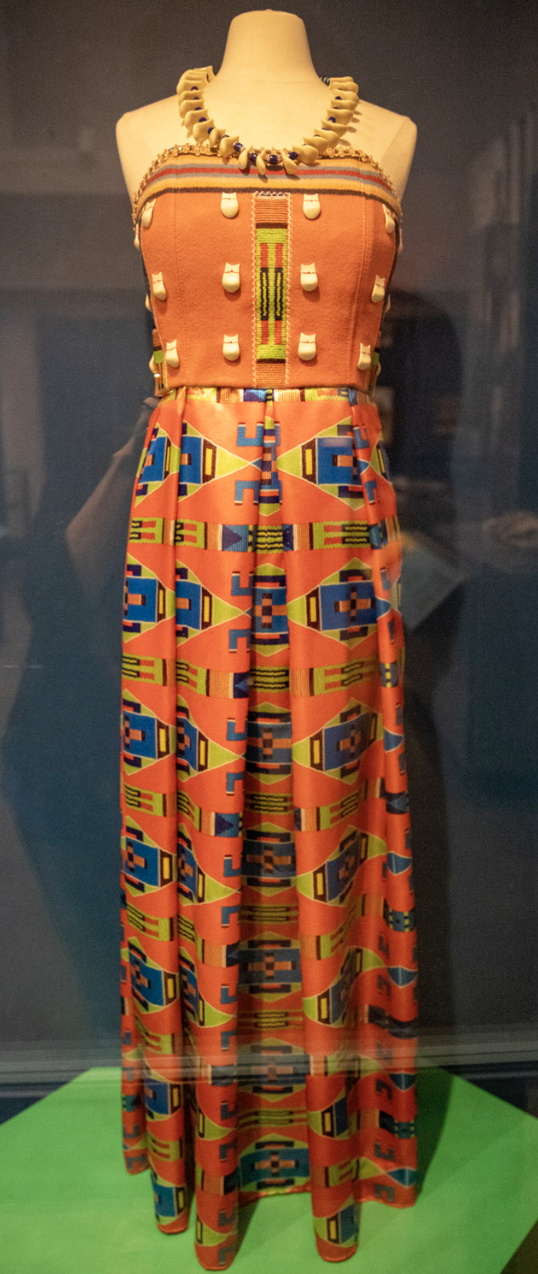
imitation elk teeth, glass beads, sinew, and buckskin. The use of elk teeth
signify status. Each elk only has two teeth that are ivory. To have enough
teeth to adorn a dress shows the owner
has a good hunter and provider.
